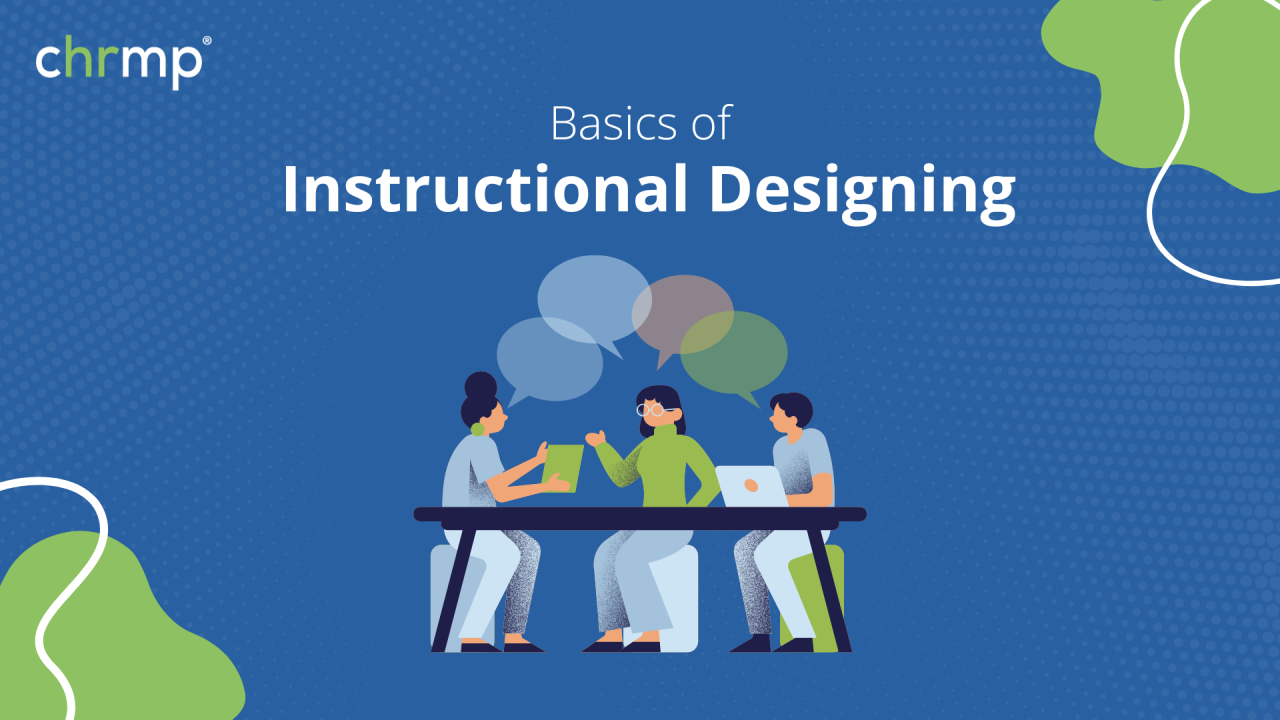
Mastering Learning Taxonomies to Transform Your Instructional Design Approach
?? Why HR Professionals Should Leverage Learning Taxonomies in Instructional Design ??
In today’s competitive workplace, HR professionals and instructional designers must continually evolve their approaches to training and development. Learning taxonomies offer a structured method to classify educational objectives, enhancing the clarity and effectiveness of training programs. By mastering these frameworks, you can design learning experiences that are not only engaging but also deeply transformative, ensuring your training resonates with diverse learning styles and needs. This post explores three pivotal learning taxonomies, providing detailed insights and practical applications for each, specifically focusing on behavioral training.
?? Integrating the SKA Taxonomy into Behavioral Training
The Skills, Knowledge, and Attitude (SKA) Taxonomy breaks down learning outcomes into three fundamental categories, each vital for comprehensive behavioral training:
Using the SKA Taxonomy:
In designing a module for enhancing team collaboration, begin by teaching specific skills such as active listening and feedback techniques. Pair this with knowledge sessions on group dynamics and role contributions. Finally, cultivate attitudes by encouraging empathy and respect through role-playing exercises that mirror real-life scenarios, allowing learners to practice and internalize these qualities.
?? Detailed Exploration of Gagne’s Learned Capabilities Taxonomy
Robert Gagne’s taxonomy categorizes learning outcomes into five types that facilitate structured learning designs:
Using the Learned Capabilities Taxonomy:
For a leadership development program, focus on intellectual skills by teaching strategic decision-making processes. Enhance cognitive strategies by introducing methods for effective self-assessment. Use verbal information to ensure leaders can articulate their vision clearly. Attitudes can be developed by scenarios that challenge leaders to maintain integrity under pressure.
领英推荐
?? Applying Bloom’s Taxonomy to Behavioral Learning
Bloom’s Taxonomy provides a hierarchical structure to develop cognitive skills from basic knowledge to complex evaluation:
Using Bloom’s Taxonomy:
In conflict resolution training, start with the knowledge of conflict types and sources. Move to comprehension by discussing these concepts. In application, participants use this understanding in role-plays. Analysis involves dissecting conflicts to identify underlying issues, while synthesis could involve developing new strategies for resolution. Evaluation would have learners assess different conflict resolution techniques in varied scenarios.
?? Elevate Your Training with CHRMP’s Instructional Design Course
Are you ready to apply these taxonomies to create impactful and effective training programs? Join CHRMP’s Instructional Designing Course to deepen your understanding and application of these essential tools. ?? #InstructionalDesign #LearningAndDevelopment #HRProfessionals #CHRMP
Join Now and Transform Your Learning Strategy! Enroll Today!
?? Like | ?? Share | ?? Comment Below How do you envision using these taxonomies in your training strategies?
#LearningTaxonomies #InstructionalDesign #HR #HumanResources #LearningOutcomes #EmployeeDevelopment #CorporateTraining #ProfessionalDevelopment #EducationTechnology